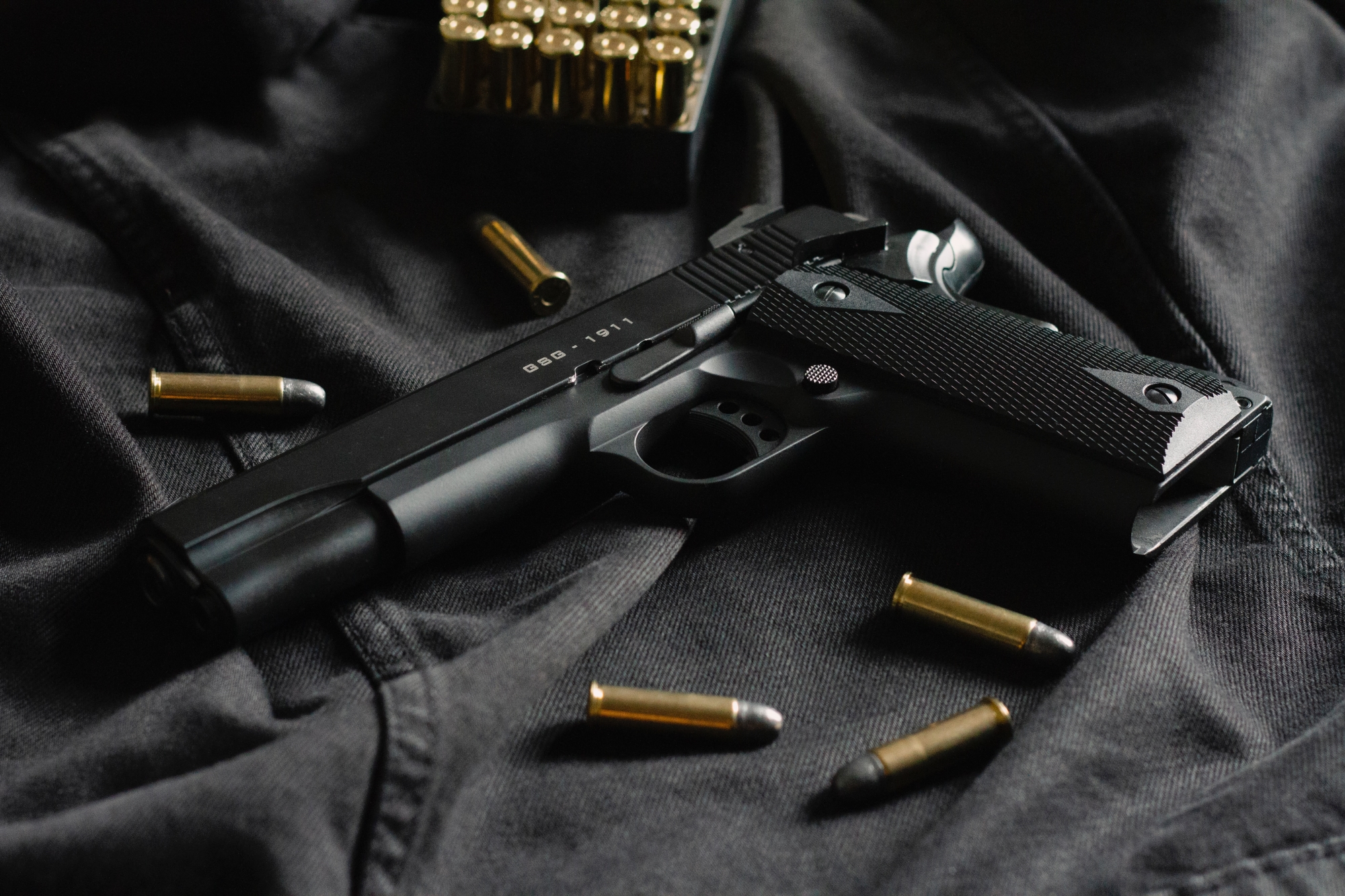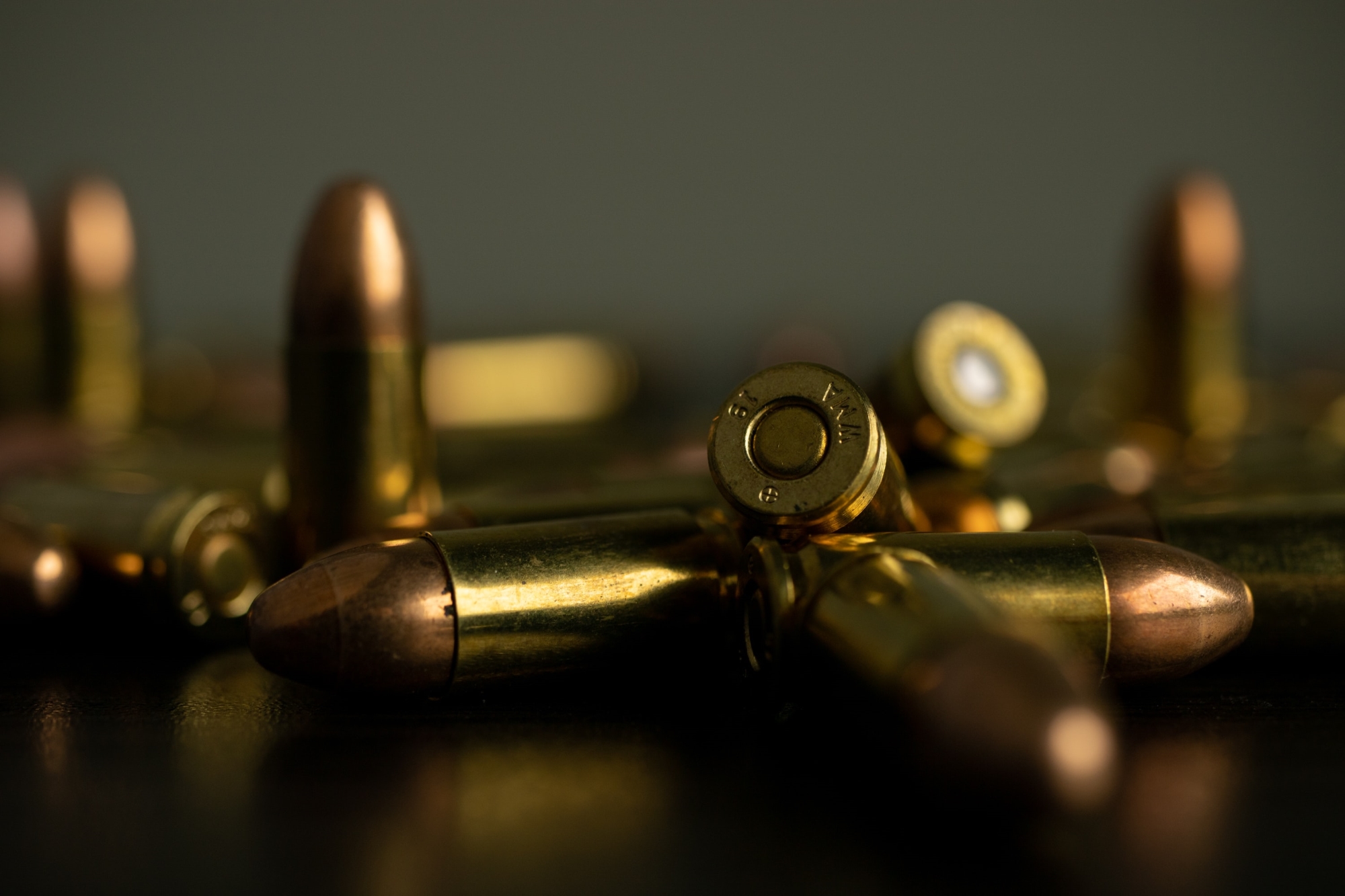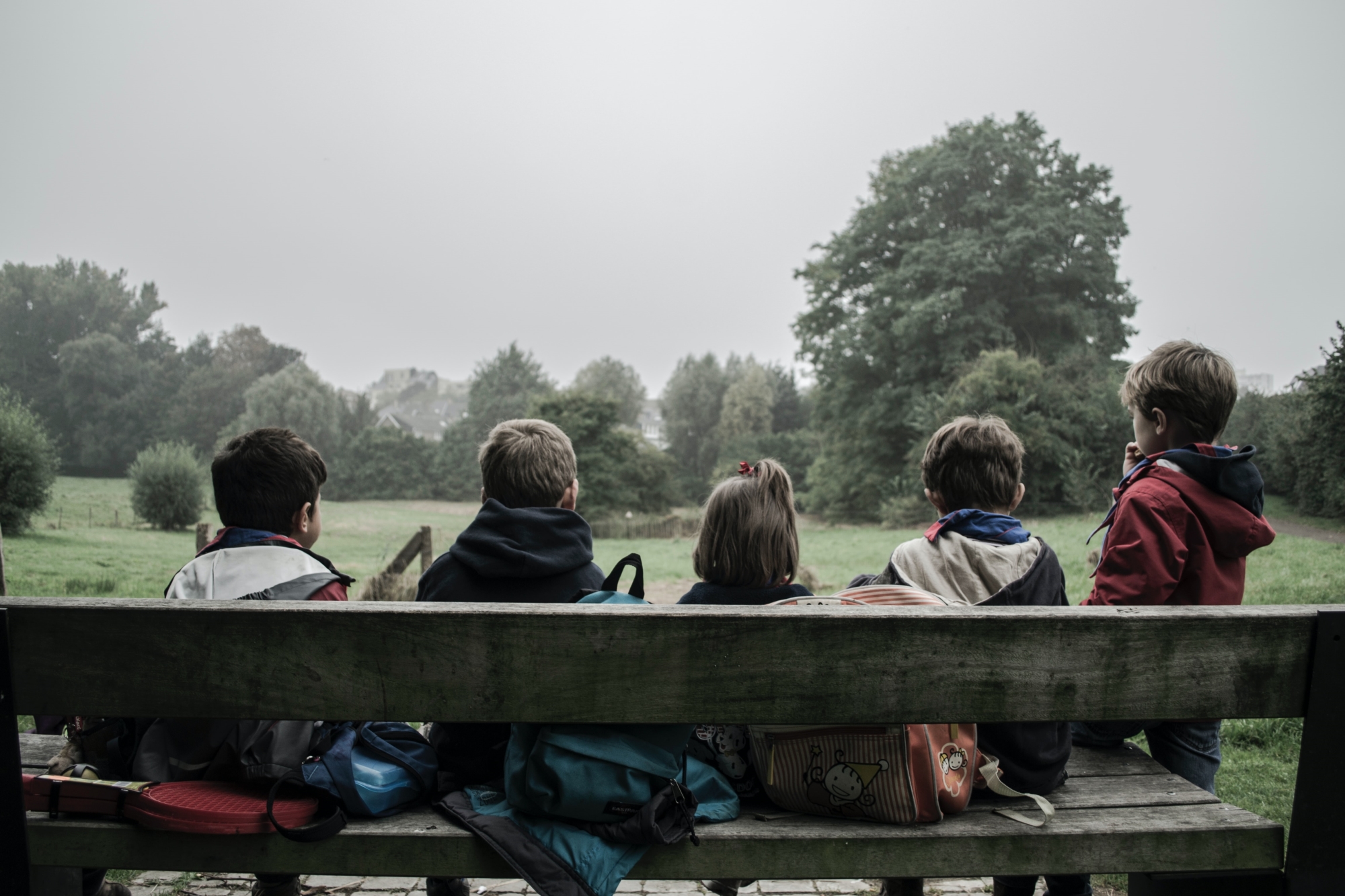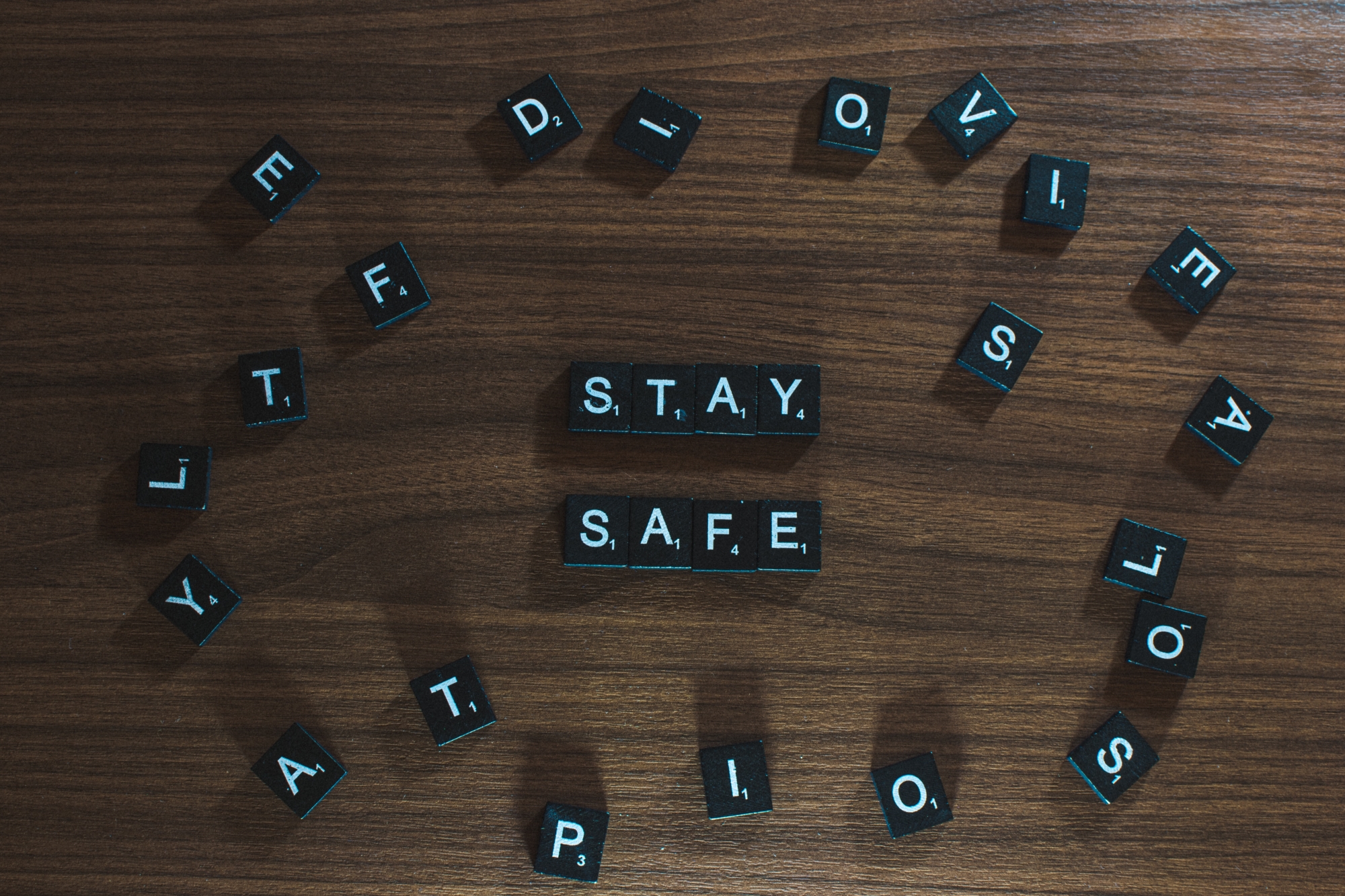While the debate about gun ownership is ongoing, almost no one disagrees with the fact that guns and children do not mix. Equally agreed upon is the fact that children should be taught about gun safety. And as with other important life lessons, age-appropriate information at every stage of development is important. One tool for remembering gun safety basics with regard to children is the S-E-R method: Separate, educate, and reinforce.
Separate:
Once children are mobile—whether walking, crawling, or climbing—but not yet able to understand what a firearm even is, let alone what it is capable of doing, a gun must be secured safely away in a gun safe. In fact, next to not owning a gun at all, which for some people who are required to carry weapons as part of their profession is not an option, the only real insurance for preventing a gun tragedy is to restrict any and all access to firearms in your home. If a gun is locked in a gun safe (not just stored in a box under a bed or on a shelf) it is extremely unlikely that a young child could find a way to access it. Even then, making sure a gun is stored unloaded and ammunition is stored separately, adds yet another layer of protection. So, separate the gun from the child, and separate the ammunition from the gun.

Along the same lines, parents should revisit their methods of physically securing guns to make them increasingly more sophisticated as kids grow up. Most teenagers probably have a pretty good idea where important keys are kept, or where their parents stash any number of things, like cash or jewelry. With just a little thinking, or snooping, it is very possible a child may be able to locate a key or combination to a gun safe if it is written down. To prevent this, combination locks, which can be memorized, might be the best option.
Educate:
Once a child is old enough to understand the potential consequences of firing a gun and can truly appreciate the seriousness of it, parents should have the first of many conversations about what guns are capable of doing. There are innumerable websites, YouTube videos and other materials available that are specifically designed for young audiences. So while having a conversation is one approach, the impact of watching a child-targeted video presentation on gun safety should not be underestimated.

Repeat:
Not only is the initial conversation about gun safety vital, but ongoing conversations with each new developmental stage a child reaches are also critical. This is because, as most parents know, each new stage of development brings new attitudes, new curiosities, and perhaps most importantly, different levels of confidence—and rebellion. For example, an eight-year-old may be unlikely to question his parent’s authority when it comes to never touching a gun. But that same child, around the age of 10 or 11, will likely have an entirely new set of behavior patterns. So, reinforcing, at regular intervals, the importance of having respect for guns and gun safety is a crucial component to preventing a tragedy.

At the end of the day, if you have no choice about owning a gun, or choose to have one in your home, the very best insurance against preventing an accidental discharge of a firearm is a multi-layered approach: Store firearms in a locked, secure gun safe, unloaded, and separate from the ammunition. Additionally, install a gun lock on the gun itself. Next, teach children to respect guns and understand the potential tragedies that can so easily result if they are handled by someone who does not know what they are doing. Finally, keep reinforcing the information so that children have increasingly more age-appropriate information.
Truly responsible gun ownership starts with the owner. Using the S-E-R method is just one way to help keep children safe and accidents from happening. For more detailed information on gun safety, visit www.safekids.org/tip/gun-safety-tips.




